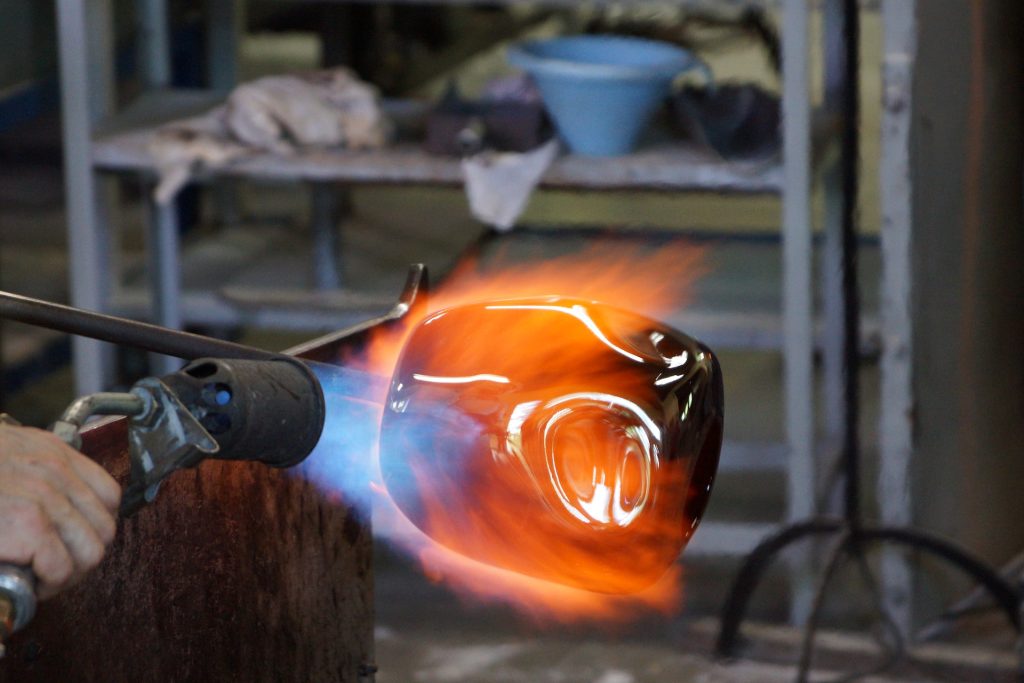In today’s digital age, where smartphones, tablets, and other electronic devices have become an integral part of our lives, the importance of durable and scratch-resistant screens cannot be overstated. Corning’s Gorilla Glass has emerged as the gold standard in screen protection, adorning millions of devices worldwide. But what is the secret behind Gorilla Glass that makes it stand out in a crowded market of screen protectors and glass technologies? In this article, we will embark on a journey to uncover the hidden science and innovation behind Gorilla Glass.
The Birth of Gorilla Glass
To understand the secret behind Gorilla Glass, we need to go back to its origins. Gorilla Glass was first developed by Corning Incorporated, a renowned American glass manufacturer, in 1960. Initially, the glass was intended for industrial applications, but it wasn’t until 2007 that it made its debut in the consumer electronics world, thanks to Apple’s iPhone.
The journey from industrial glass to the smartphone screens of today involved significant research, development, and innovation. The secret of Gorilla Glass lies in its composition, structure, and manufacturing process.
Composition of Gorilla Glass
Gorilla Glass is primarily composed of alumino-silicate, a material known for its strength and durability. This composition is the foundation of its exceptional properties. The glass contains a combination of silicon dioxide (SiO2), aluminum oxide (Al2O3), and other proprietary materials. The exact recipe and manufacturing process are closely guarded secrets, giving Corning a competitive edge in the market.
One key aspect of Gorilla Glass is its ion-exchange process. During manufacturing, the glass is submerged in a molten salt bath that contains potassium ions. These potassium ions replace smaller sodium ions in the glass, creating a layer of compressive stress on the surface. This layer is what makes Gorilla Glass tough and resistant to scratches.
Strength and Durability
The secret behind Gorilla Glass’s remarkable strength lies in its ion-exchanged surface layer. This layer is under high compressive stress, making the glass resistant to cracks and damage from impacts. When force is applied to the glass surface, the compressive stress helps distribute and absorb the energy, preventing cracks from propagating.
Furthermore, the ion-exchange process also contributes to Gorilla Glass’s scratch resistance. The toughened surface is more resistant to abrasion and scratches than conventional glass. This is especially important for devices like smartphones and tablets that are often subjected to everyday wear and tear.
Thickness and Flexibility
Another secret of Gorilla Glass is its ability to maintain thinness and flexibility while providing exceptional strength. This is crucial for modern device design, where thin and lightweight screens are preferred. Gorilla Glass can be produced in various thicknesses while still retaining its durability, allowing manufacturers to create sleek and lightweight devices without compromising on screen protection.
Environmental and Health Considerations
In recent years, there has been a growing concern about the environmental impact of consumer electronics. The secret behind Gorilla Glass’s sustainability lies in its recyclability. The glass can be recycled, reducing the environmental footprint of electronic devices. Corning also prioritizes responsible manufacturing practices and adheres to strict environmental standards.
Furthermore, Gorilla Glass is designed to be free of harmful substances like lead, mercury, and arsenic, ensuring the safety of both consumers and the environment. This commitment to health and sustainability is a crucial aspect of Gorilla Glass’s success.
Ongoing Innovation
The secret behind Gorilla Glass’s continued success is Corning’s dedication to ongoing research and development. Over the years, Corning has introduced various iterations of Gorilla Glass, each offering improvements in strength, scratch resistance, and other key attributes. This commitment to innovation has enabled Gorilla Glass to stay ahead of the competition and adapt to the evolving needs of the electronics industry.
Applications Beyond Smartphones
While Gorilla Glass is most commonly associated with smartphones and tablets, its applications extend far beyond these devices. The strength, durability, and thinness of Gorilla Glass make it suitable for a wide range of products, including laptops, televisions, automotive displays, and even architectural applications. Its versatility and adaptability have made it a go-to choice for manufacturers in various industries.
The secret behind Gorilla Glass’s success lies in its unique composition, ion-exchange process, and commitment to innovation. Corning’s ability to produce a strong, durable, and scratch-resistant glass while maintaining thinness and flexibility has revolutionized the consumer electronics industry. As our reliance on electronic devices continues to grow, the importance of reliable and robust screens cannot be overstated, and Gorilla Glass remains at the forefront of this technological revolution.
The story of Gorilla Glass is not just a tale of scientific innovation but also a testament to the impact of materials science on our daily lives. As we look to the future, it’s clear that Gorilla Glass will continue to play a pivotal role in shaping the devices we use and the way we interact with technology. Its secret is out, and it’s a secret that has transformed the way we see and experience the world through our screens.
Challenges and Competition
While Gorilla Glass has established itself as a leader in the industry, it’s not without its challenges and competition. Other manufacturers have developed their own toughened glass solutions, seeking to rival Corning’s dominance. Some of these competitors have even managed to create glass that offers similar strength and durability.
To maintain its position at the forefront of the industry, Corning must continuously invest in research and development. This includes exploring new materials, manufacturing techniques, and protective coatings that can further enhance the performance of Gorilla Glass. Staying ahead of the competition requires constant innovation and a commitment to pushing the boundaries of what glass technology can achieve.
Future Innovations
As we look to the future, there are exciting possibilities for the evolution of Gorilla Glass and glass technology as a whole. Here are some potential innovations and trends to watch for:
Foldable and Bendable Displays: The demand for foldable and bendable displays is on the rise. Corning is actively researching and developing glass solutions that can withstand the rigors of flexible devices, allowing for new form factors and user experiences.
Improved Scratch Resistance: While Gorilla Glass is already highly scratch-resistant, there is always room for improvement. Future iterations of Gorilla Glass may incorporate even tougher protective coatings to further reduce the likelihood of scratches.
Enhanced Impact Resistance: As consumer devices become more sophisticated and expensive, the need for enhanced impact resistance becomes more critical. Corning is likely to continue refining its glass to provide better protection against accidental drops and impacts.
Sustainable Materials: The industry is increasingly focused on sustainability. Corning may explore the use of more eco-friendly materials and manufacturing processes to reduce the environmental impact of Gorilla Glass production.
Integration of Advanced Technologies: The integration of advanced technologies like 5G connectivity, augmented reality (AR), and virtual reality (VR) into devices may require specialized glass solutions. Corning is likely to collaborate with device manufacturers to develop glass tailored to these emerging technologies.
A Glass Revolution
The secret behind Gorilla Glass’s success is a combination of advanced materials science, meticulous engineering, and a commitment to pushing the boundaries of what glass can achieve. From its humble origins in industrial applications to its ubiquitous presence in the consumer electronics world, Gorilla Glass has truly revolutionized the way we interact with technology.
As we move forward into an era of increasingly sophisticated devices and digital experiences, the importance of strong, durable, and scratch-resistant screens cannot be overstated. Gorilla Glass continues to lead the way in meeting these demands, and its ongoing innovations promise an exciting future where screens are not just protective barriers but also gateways to new possibilities.
In the ever-evolving landscape of glass technology, the secret behind Gorilla Glass remains its ability to adapt, improve, and stay ahead of the curve. As consumers, we can look forward to a future where our devices are not only more powerful but also more resilient, thanks to the enduring legacy of Gorilla Glass.






